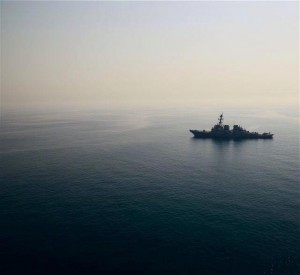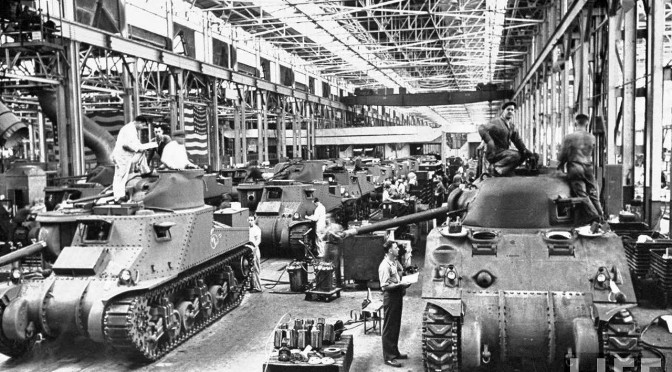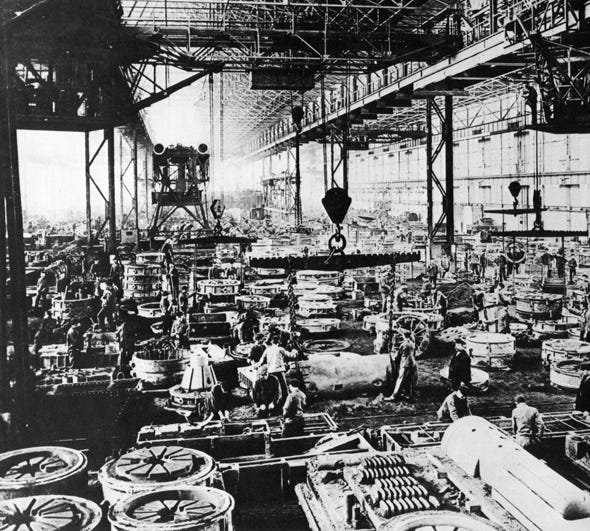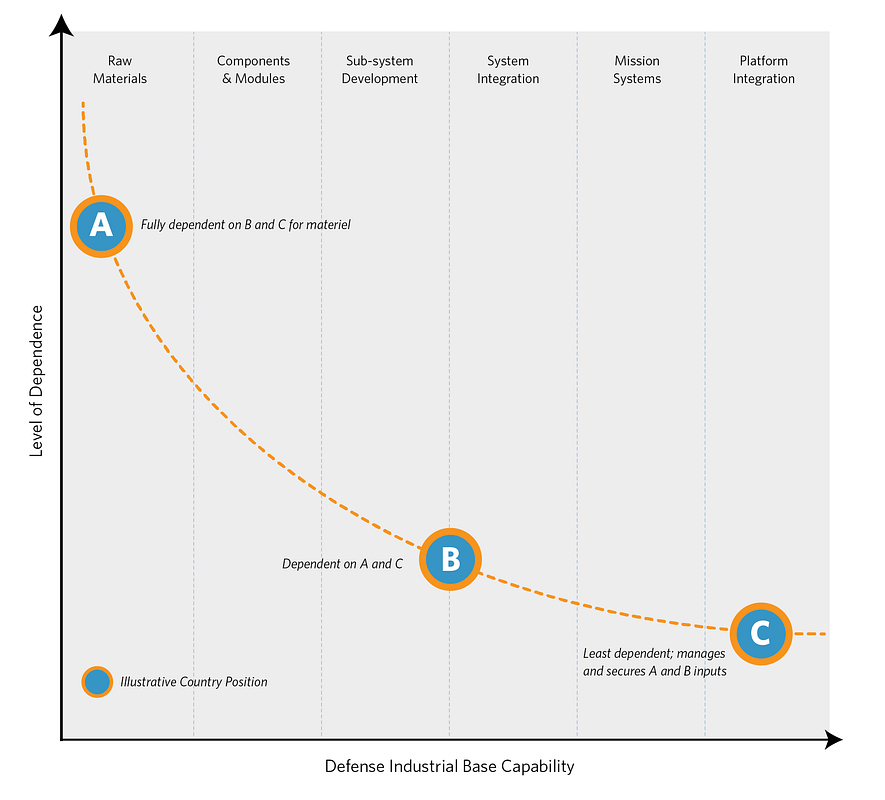
I was already at work when I heard about the article in Politico Magazine. After descending from Capitol South Metro Station on another windy and frosty day in Washington, D.C., I overheard some staffers talking near the security checkpoint in the Rayburn House Office Building. Unsurprisingly, they were on their phones, retweeting and sharing a link about the Navy with their friends. “The Navy ship count could be a political gamechanger,” a boyish-looking aid in a dark suit remarked. Another staffer, who looked like he was fourteen, claimed it would be a tragedy to decommission the aging Oliver-Hazard Class Frigate. I removed my iPhone from my pocket, took off my winter gloves, and then perused my Facebook news feed to see if anyone posted anything. CDR Salamander – unsurprisingly – had fired the first salvo: “We’ve been saying this for years.”
The article in question was “The Navy’s Hidden Crisis,” written by Robert C. O’Brien, a former advisor to Presidential Candidate Mitt Romney. In his muddling attempt to explain the Navy’s Crisis – once again using ship count as the only metric to assess fleet strength – he politically mischaracterizes the need for an agile and robust fleet. This type of rhetoric is predictable from Mr. O’Brien, who has always claimed the “waters are getting more dangerous” in explaining the need to build more ships. One could surmise this was a response to President Obama mocking Romney two years ago in the third and final presidential debate. “You mention the Navy, for example, and that we have fewer ships than we did in 1916,” President Obama rebuked that evening, “well governor, we also have fewer horses and bayonets.” The President went on, “We have these things called aircraft carriers and planes land on them . . . we have these ships that go underwater, nuclear submarines.”
With only a few weeks left before the election, this decisive broadside to Romney’s foreign policy battleship, combined with the former governor’s “47 percent comments,” sank him in the national election.
It is unlikely the Navy’s ship count will take center stage in 2016 as a campaign talking point. After all, the Navy and foreign policy matters rarely decide elections. The more salient economic issues are, the more likely they will affect which way voters’ decide the next Electoral College. As New Yorker staff writer Amy Davidson has pointed out, “Boat confusion is an old and telling political problem.” The number of ships does not necessarily register as a national imperative, even though open sea lines of communication provide the American culture of consumption. When politicians like Representative Randy Forbes or Senator John McCain talk about the number of ships and its relationship to national security, the public mind simply floats away.
By focusing on ship count, O’Brien’s argument is antiquated and politically irrelevant.

Although the public either misinterprets or ignores the need for a strong Navy, in recent years, the Pentagon has provided a strong and clear political narrative to Congress. Through multiple hearings to the House and Senate Armed Service Committee (HASC / SASC) subcommittees in Readiness and Seapower, combined with an aggressive strategy informing our nation’s policymakers, Navy leaders have successfully conveyed the need for a multifaceted force. On the Hill, the House and Senate Offices of Legislative Affairs meet regularly with the Armed Service Committees and ensure their full participation in ongoing strategies and fiscal matters. These engagements, which began centuries ago, have always been the winning political strategy for the Navy.
Lieutenant Junior Grade Rosende makes a convincing argument in the January issue of Proceedings about the Navy’s engagement with the people, but it is not accurate to suggest that the advocates of naval power convinced an “inward-looking citizenry” that a navy was a vital to American interests. History reveals the opposite is true. Leaders in the Gilded Age either made executive decisions or lobbied Congress in backroom deals to pursue the requisite platforms. There was no public discourse on the future of the force and to presume it took place is flatly absurd.
The Navy should not concern itself too much with generating an informed public. Rather, we should continue to educate politicians on both sides of the aisle. While I would certainly like the public to understand where the Navy fits within the national debate on the size and breadth of DoD writ large, it is not a political reality to suggest the Navy will take center stage in 2016. Unfortunately, the Navy does not attract voters. A position we are likely to hear in primaries will be the support of a large and robust naval force, and the continued fiscal support for research and development to keep ahead of our potential adversaries. There will be little discussion on the “right number of ships” because it will be met with the same type of strategy President Obama used in 2012.
Rethinking political messaging in order to avoid the same quagmire that sealed the Navy’s fate the last four years is recommended. Over time, especially after the collapse of the USSR and the reduction of capital ships, the sea services drifted away from counting and tried a new strategy: catchwords. In recent years, the term “readiness” has become the major criterion of training and the political lexicon in the Navy.
- Individual Ready Reserve
- Physical Readiness
- Deployment Readiness
- Navy Surge Readiness
- Family Readiness
- Fleet Readiness
- CNO’s Warfighting Tennant No. 3: “Be Ready”
- Sequestration Hurts Readiness
Evidently, Readiness is a bad way for the Navy to assess and encompass the breadth of our problems. Exhibit A: U.S. Navy Ship Count is down to 279 – and falling.
The word “Readiness” may make waves in Congress and especially in HASC and in SASC, but due to the Navy’s inherent complexity in meeting maritime challenges, we should redefine and expand our political employment. As Lincoln Paine aptly points out in The Sea and Civilization, “Maritime Activity includes not only the high seas and coastal voyaging, but also inland navigation.” Thereby the world was shaped in obvious ways by the economic, demographic, and technological attributes by the development of maritime transportation. Maintaining this flow of ideas, goods, people, and perspectives is essential for the global way of life. The oceans inherently knit the world together.

So does the nation need to be educated on the need for a powerful fleet? American history reveals that naval power has been sustainable for centuries without an informed public, but if the Navy decides to move that way, ship count should not be the only metric in which judge the value of the sea service. Many defense critics and the public at large view the Navy’s budget proposal with skepticism. While most naval strategists believe that we should be building ships as quickly as possible for the Pivot to Asia, branding it correctly to Congress means everything, not just proclaiming, “Build! Build! Build!” over and over.
The Navy is inherently different from the other services – and perhaps infinitely more complicated – so it should stop compartmentalizing itself politically in the same fashion as the Army or the Air Force. Tell the complete story – not the tale of “Readiness.”
LT Alex Smith is a Surface Warfare Officer who serves as a Navy Liaison Officer at the U.S. House of Representatives. He recently completed his Masters in American History at the George Washington University while serving as an NROTC Instructor.






